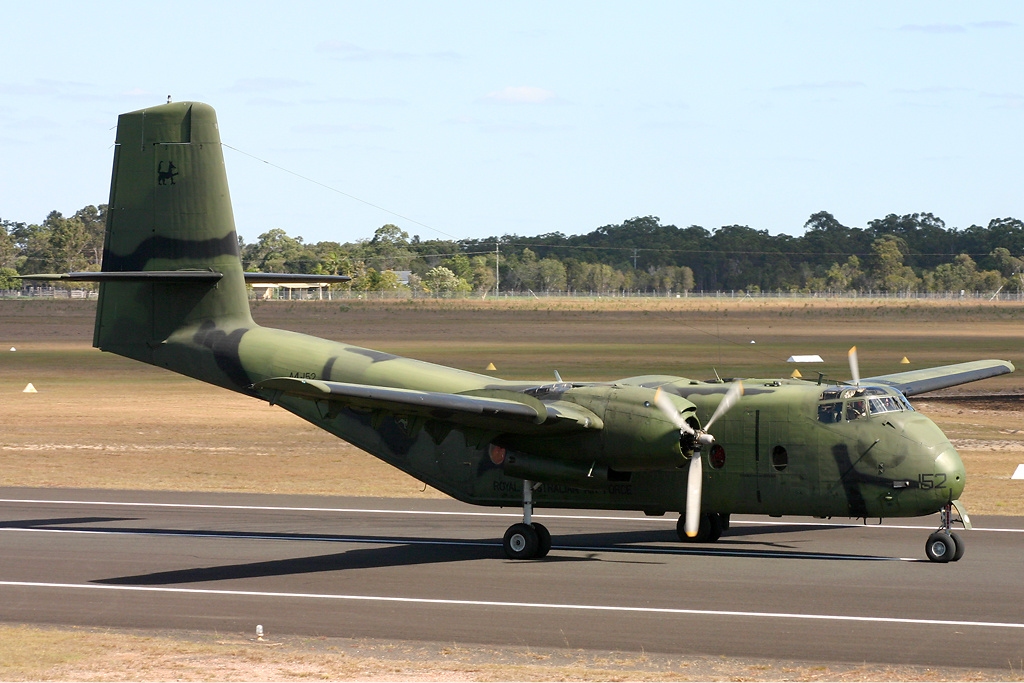- Joined
- 27 September 2006
- Messages
- 5,744
- Reaction score
- 5,634
I used to love the Andover when it delivered land rovers and guns during the Battle of Britain days at Benson or Abingdon in the 1960s.
The Dornier Do31 lookalike DH129 would have made an interesting replacement. As it was the Andover left service in the 70s leaving the Hercules to be used instead.
The Breguet 941 could have been a suitable substitute or the Fiat G222.
The Dornier Do31 lookalike DH129 would have made an interesting replacement. As it was the Andover left service in the 70s leaving the Hercules to be used instead.
The Breguet 941 could have been a suitable substitute or the Fiat G222.

